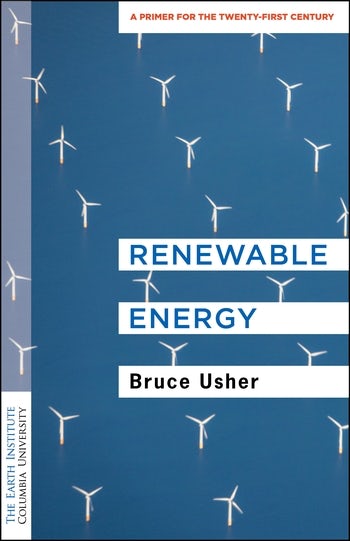
Historically, from wood to coal, coal to oil and gas, and now renewables, the global energy sector has undergone immense technological changes. In recent years, the share of renewable sources of energy, mainly wind and solar, has been increasingly sharply in the energy consumption profile of the countries mainly driven by falling renewable prices, geopolitical uncertainty, and the mounting climate change concerns. As the price of renewables falls further and become even lower than the fossil sources of energy and the role of climate change becomes more central to public policy, it would result into an inevitable transition from fossil energy sources to renewables. The author asks the question whether the world is prepared to handle the consequences of this transition. It is because the transition has implications for the businesses—the growth of solar PV and electric vehicles, and renewable energy storage technology—for the economy of the countries, their geopolitics as well the degree to which they are able to minimize some of the worst impacts of climate change.
The book provides a comprehensive review of these complex challenges, makes a business and climate case for renewables, and how different countries and businesses are going to be either winners or losers depending on their ability to better adapt to these technological changes. It also provides a good explanation why the major developing economies like China and India are moving fast in adopting renewable energy sources to fuel their economies and the implications it has for the economy of oil-rich countries like Saudi Arabia. However, in explaining the transition of the energy sector, mainly the unprecedented growth of renewables, the author relies more on the economic forces and formal institutions. This could be a gap as the recent research identifies federal and state politics and informal institutions like individual and societal values as important determinants of the development and adoption of the renewable energy; hence the causal role of economic forces in explaining the rise of renewables in the book may be an overestimation. Overall, the book uses many interesting statistics, which makes it a helpful guide to policymakers, consumers, and businesses to leverage the changes due to the rise of renewables by better planning their energy future.
